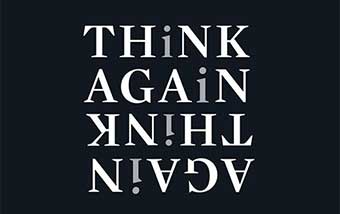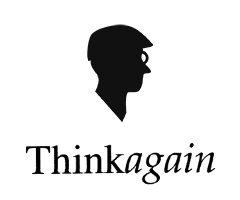Math and Truth
“How is it possible that mathematics, a product of human thought that is independent of experience, fits so excellently the objects of physical reality?” Albert Einstein.
In 1939, at Cambridge University, Ludwig Wittgenstein was lecturing on the Philosophy of Mathematics. By this time, with messianic certainty, he was adamant that mathematics was just a lot of linguistic convention, a bunch of tautologies based on definitions and word play. He thought that seeking mathematical proofs, along with the quest to develop a mathematics without inconsistencies, was pointless. He essentially taught against mathematics.
At the same time, Alan Turing, soon to be one of the great mathematicians of all time, was also at Cambridge, teaching a course in mathematical logic. He was also a student in Wittgenstein’s class. He had proven certain mathematical truths that would eventually be very important for code breaking during the coming war, and for the future of computer programming. He could not agree that mathematical inconsistency didn’t matter.
“The real harm of a system that contains a contradiction, will not come in unless there is an application, in which case a bridge may fall down or something of the sort.”
Turing and Wittgenstein debated each and every class. The other students were bystanders. Wittgenstein would cancel class if Turing wasn’t going to show up. Turing gradually realized that Wittgenstein considered debate. . itself. . . as meaningless. He eventually stopped going.
The Vienna circle philosopher, Moritz Schlick, told his friend Albert Einstein of his allegiance to Wittgenstein’s thinking, finding all philosophy ‘superfluous’ and all metaphysical thinking meaningless. Schlick was the dean of the Vienna school of ‘logical positivists’, philosophers who tried to believe that only observations, verified by experiment, could be considered real or true. Theory and philosophy can never lead to knowledge.
Einstein, like Turing, could not agree. He found the philosophers such as Kant and Mach very helpful. He defended the role of both experiment and theory in scientific advancement. It was not one or the other. All living creatures used thinking in some way! Concepts, as well as observations, theory as well as data, are necessary.
“Physics is an attempt to construct, conceptually, a model of the Real World, as well as its law-governed structure. You will be surprised by Einstein the metaphysician, but in this sense every 4 and 2 legged animal is, de facto, a metaphysician.”
Turing’s legacy is computers, Einstein’s is space travel.
Computers that have logically inconsistent programming will crash.
Space ships, with inaccurate calculations of fuel and trajectory, traveling millions of miles to encircle and land on asteroids, will crash.
The SpaceX robot-guided Falcon 9 rockets ride into sun-synchronous orbit, deliver satellites to geo-synchronous orbit, at the speed of a bullet, and then return, decelerating from 120,000 feet per second to zero feet per second, in a matter of minutes, rotating elegantly from head-first to feet-first, and landing, intact, on a platform 60 square yards in size, floating at sea.
Mathematics, a product independent of human experience, is the pilot.
Tc(t)=Kpe(t)+Ki∫t∘e(t)dr +Kde(t)


